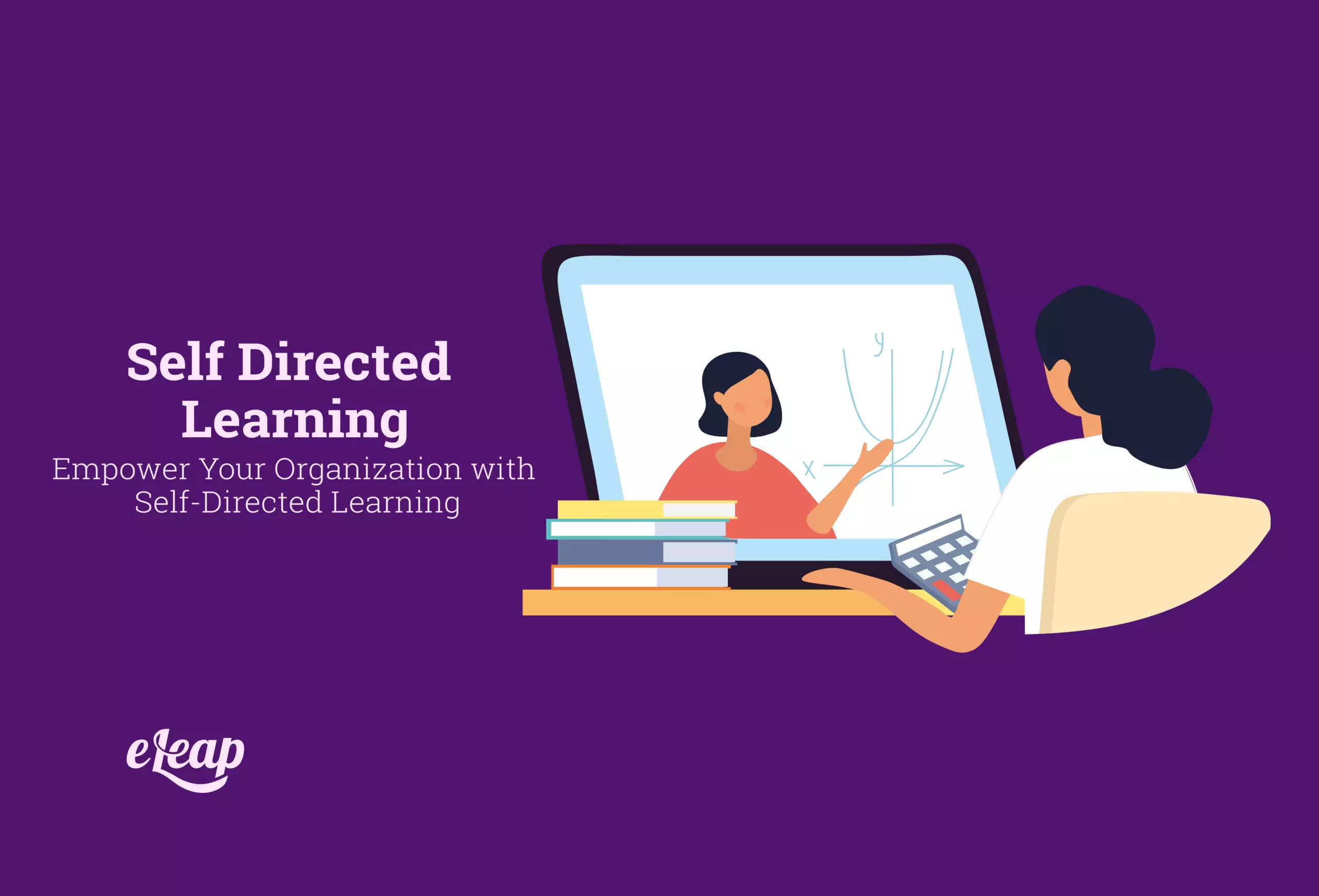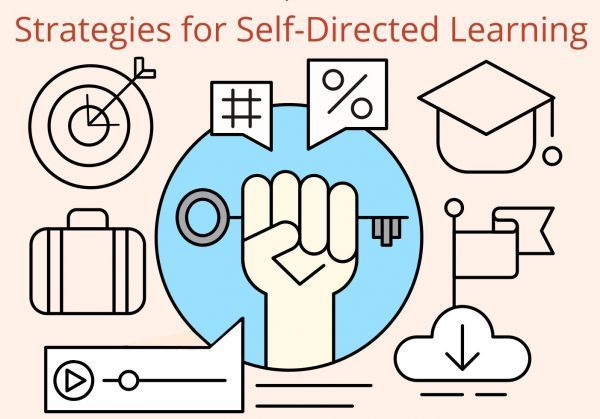
Self-Directed Learning
Education is often seen as a linear path, but what if you could break free from that mold? Imagine taking control of your learning journey, choosing the topics that ignite your passion and diving deep into them at your own pace. Self-directed learning empowers individuals to take charge of their education in ways traditional systems can’t offer. Whether you’re looking to enhance your skills for career advancement or simply satisfy your curiosity, self-directed learning opens the door to endless possibilities. Let’s explore how you can harness this powerful approach and shape an educational experience tailored just for you.

What is Self-Directed Learning?
Self-directed learning is an educational approach where individuals take the reins of their own learning experience. It’s not just about being self-taught; it involves setting personal goals and finding resources to achieve them.
In this model, learners are responsible for identifying what they want to learn and how they will engage with that material. They can choose from various sources—books, online courses, or community workshops—to guide their journey.
This method encourages curiosity and fosters a sense of ownership over one’s education. Learners can adapt their strategies based on interests or career needs.
Self-directed learning champions independence and critical thinking while allowing each individual to tailor their path in a way that resonates deeply with them.
Benefits of Self-Directed Learning
Self-directed learning empowers individuals to take charge of their educational journey. This autonomy fosters a deeper engagement with the material, encouraging learners to explore topics that genuinely interest them.
Flexibility is another key advantage. Learners can set their own pace and adjust their schedules based on personal commitments. This adaptability often leads to better retention of information.
Additionally, self-directed learning cultivates essential skills such as critical thinking and problem-solving. As learners navigate resources independently, they develop confidence in making decisions about their education.
Networking becomes easier too. Engaging with various resources opens doors for connections with experts and like-minded peers across different fields.
It nurtures lifelong learning habits. When individuals take control of their education, they establish a mindset that values continuous growth beyond formal settings.
Steps to Implement Self-Directed Learning
Start by assessing your current knowledge and skills. Identify what you want to learn or improve. Setting clear goals gives direction to your journey.
Next, create a personalized learning plan. Outline the resources you’ll need, such as books, online courses, or podcasts. This roadmap will guide you through your self-directed education.
Once you’ve set up your plan, establish a schedule. Consistency is key in self-directed learning. Dedicate specific time slots each week for studying and stick to them.
Engage with communities related to your interests. Online forums and local meetups can provide support and motivation from like-minded learners.
Reflect on your progress regularly. Adjust your strategies if needed and celebrate small victories along the way—recognizing achievements keeps you motivated on this educational adventure.

Resources for Self-Directed Learning
When diving into self-directed learning, the right resources can make all the difference. Online courses are a fantastic starting point. Platforms like Coursera and Udemy offer a plethora of subjects that cater to diverse interests.
Books remain timeless tools for knowledge seekers. Whether you prefer e-books or audiobooks, authors from various fields share valuable insights that enrich your understanding.
Podcasts also provide an engaging way to absorb information on-the-go. With countless topics available, they allow you to learn while commuting or exercising.
Don’t overlook community forums and social media groups. Engaging with like-minded individuals can spark inspiration and foster collaboration.
Consider local libraries or educational institutions that may offer workshops or seminars in your area. These opportunities can enhance your skills while connecting you with others who share similar goals.
Challenges and How to Overcome Them
Self-directed learning can be a rewarding journey, but it comes with its own set of challenges. One common hurdle is maintaining motivation over time. Without external pressure, it’s easy to lose focus and drift away from your goals.
Setting clear objectives can combat this issue. Break down large tasks into manageable steps and celebrate small achievements along the way. This keeps the enthusiasm alive.
Another challenge is finding reliable resources. The internet offers a plethora of information, but not all of it is accurate or relevant. Develop a curated list of trusted sources to enhance your learning experience.
Self-discipline plays a crucial role in success. Create a structured routine that allocates specific times for study and breaks distractions. Sticking to this schedule fosters consistency and builds positive habits that support your educational aspirations.
Success Stories: Individuals Who Have Thrived with Self-Directed Learning
Many individuals have embraced self-directed learning and achieved remarkable success. Take the story of a young software developer who taught himself coding through online platforms. He started with free resources, gradually building projects that showcased his skills. Today, he leads a team at a tech company.
Another inspiring tale is of an aspiring writer who turned to self-study after traditional classes fell short. She immersed herself in literature and writing workshops available online. Her dedication paid off when her novel was published, earning accolades from critics.
Then there’s the entrepreneur who launched a thriving business by leveraging podcasts and webinars to learn about marketing strategies. His commitment to continuous education transformed his side hustle into a full-time venture.
These stories remind us that with motivation and resourcefulness, anyone can take control of their education and carve their unique path to success.
Conclusion
Self-directed learning is an empowering approach to education that allows individuals to take charge of their personal growth. By embracing this method, you can tailor your learning experiences to fit your unique interests and goals.
The benefits are numerous. You gain flexibility in scheduling and content selection while developing critical skills such as self-motivation, discipline, and problem-solving abilities. These skills not only enhance academic knowledge but also prepare you for real-world challenges.
Implementing self-directed learning involves setting clear objectives, creating a structured plan, and utilizing various resources suited to your preferred style of learning. With online courses, podcasts, books, and forums at your fingertips, the possibilities are endless.
However, it’s important to recognize potential obstacles like procrastination or lack of direction. Developing strategies such as time management techniques or seeking support from peers can help overcome these challenges effectively.
Many individuals have thrived through self-directed learning by taking bold steps toward their aspirations. From entrepreneurs launching successful businesses to artists honing their craft independently—these success stories highlight the transformative power of managing one’s own educational journey.
Taking control of your education is an enriching experience that opens doors to lifelong opportunities for personal development and achievement. Embrace this journey with confidence; you’ll discover just how much you are capable of when you lead your own path.



Leave a Reply